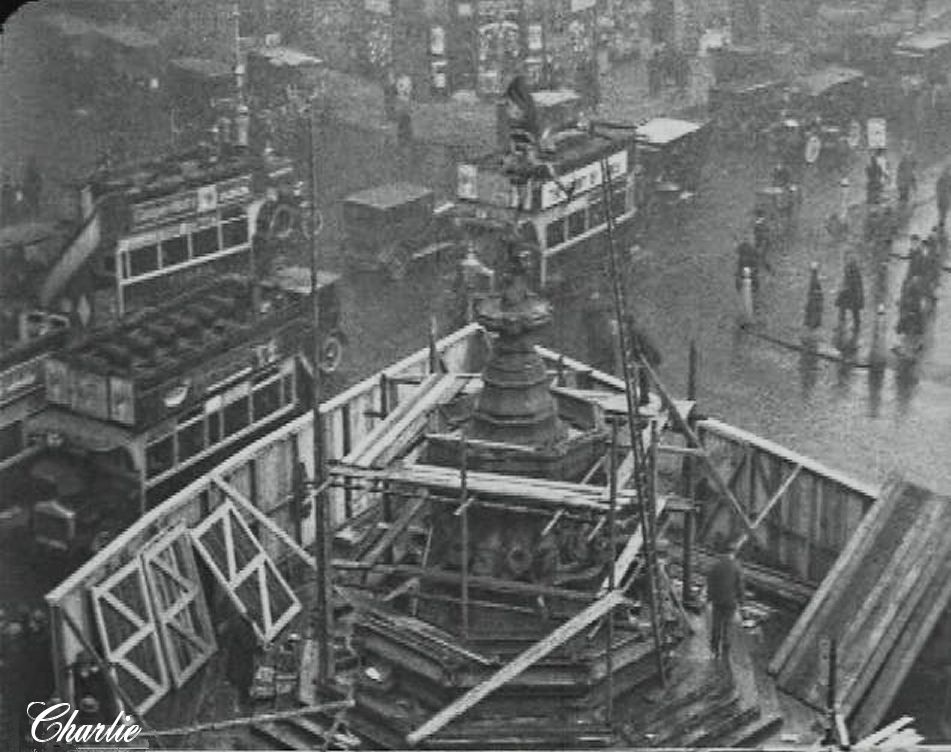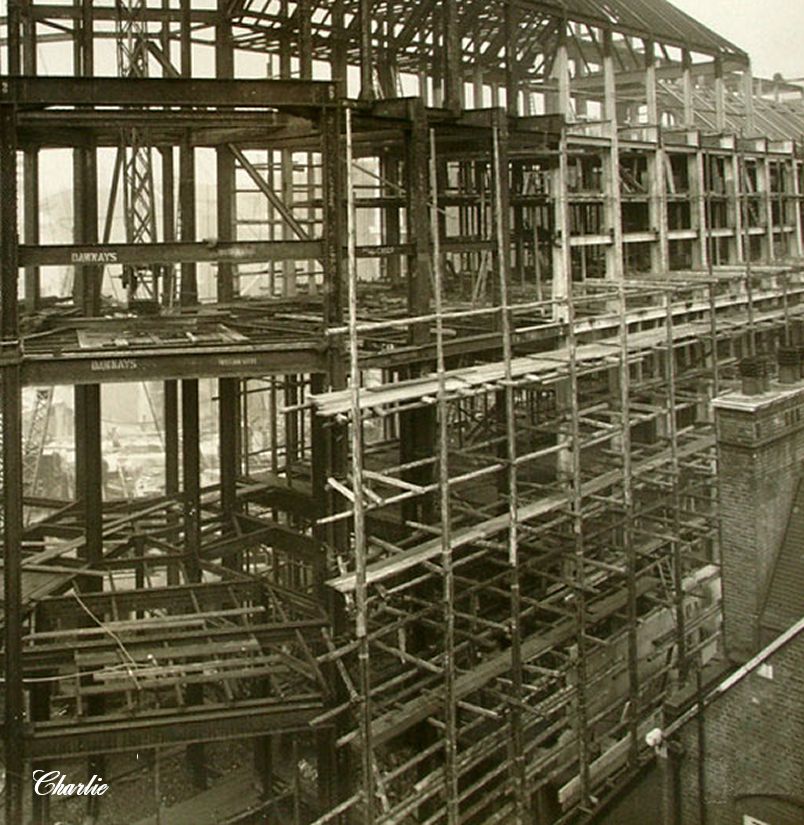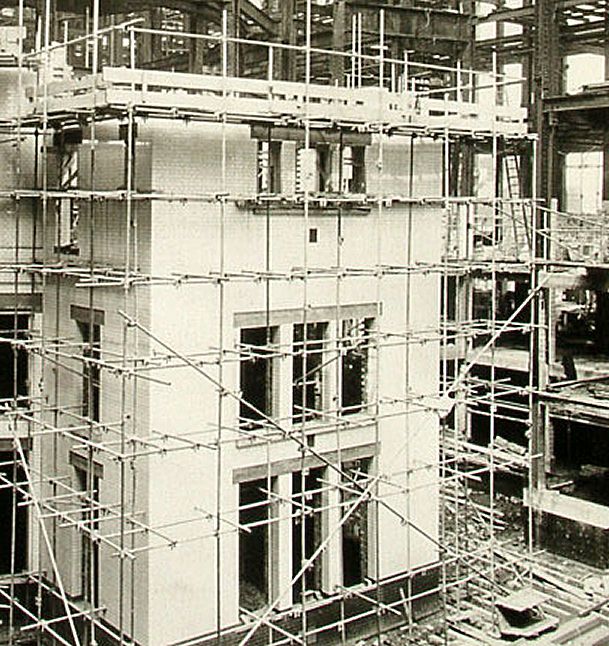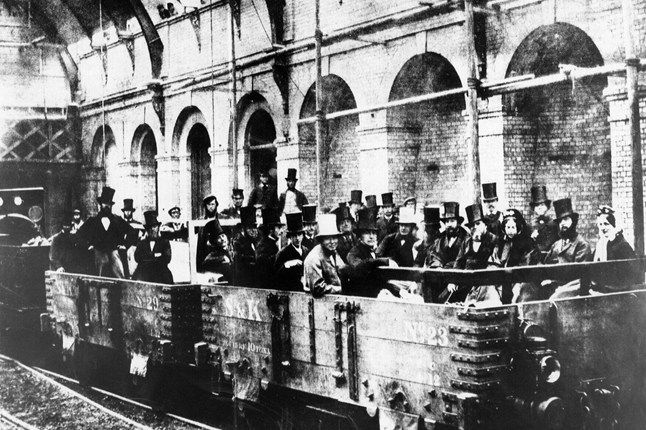Charlie
Well-known member
1860 Scaffold, London
Here is a photo from 1860 showing construction of the Victoria and Albert Museum in London.
It shows very clearly the Scarf Joints on the Wooden Uprights.
Note also the length of ladders.....probably in excess of 30 feet!
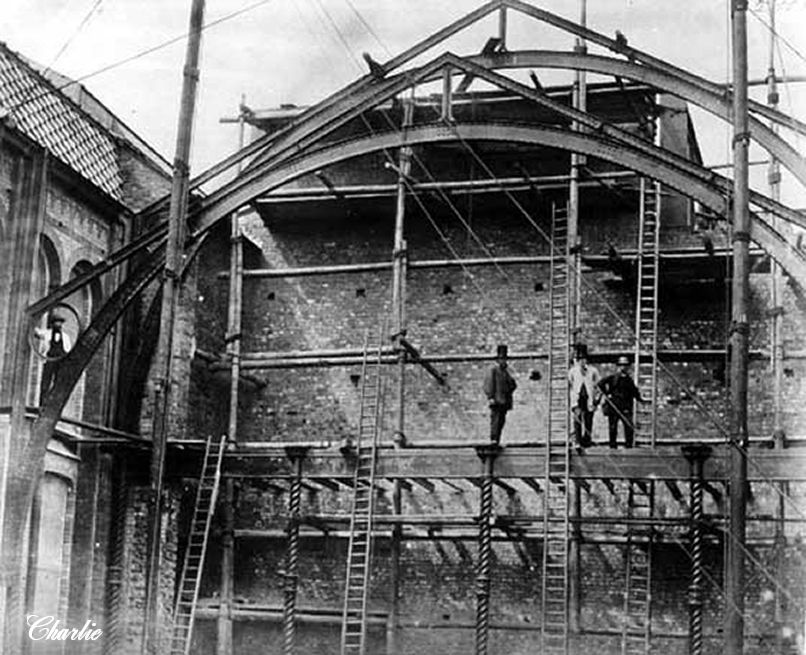
Here is a photo from 1860 showing construction of the Victoria and Albert Museum in London.
It shows very clearly the Scarf Joints on the Wooden Uprights.
Note also the length of ladders.....probably in excess of 30 feet!

